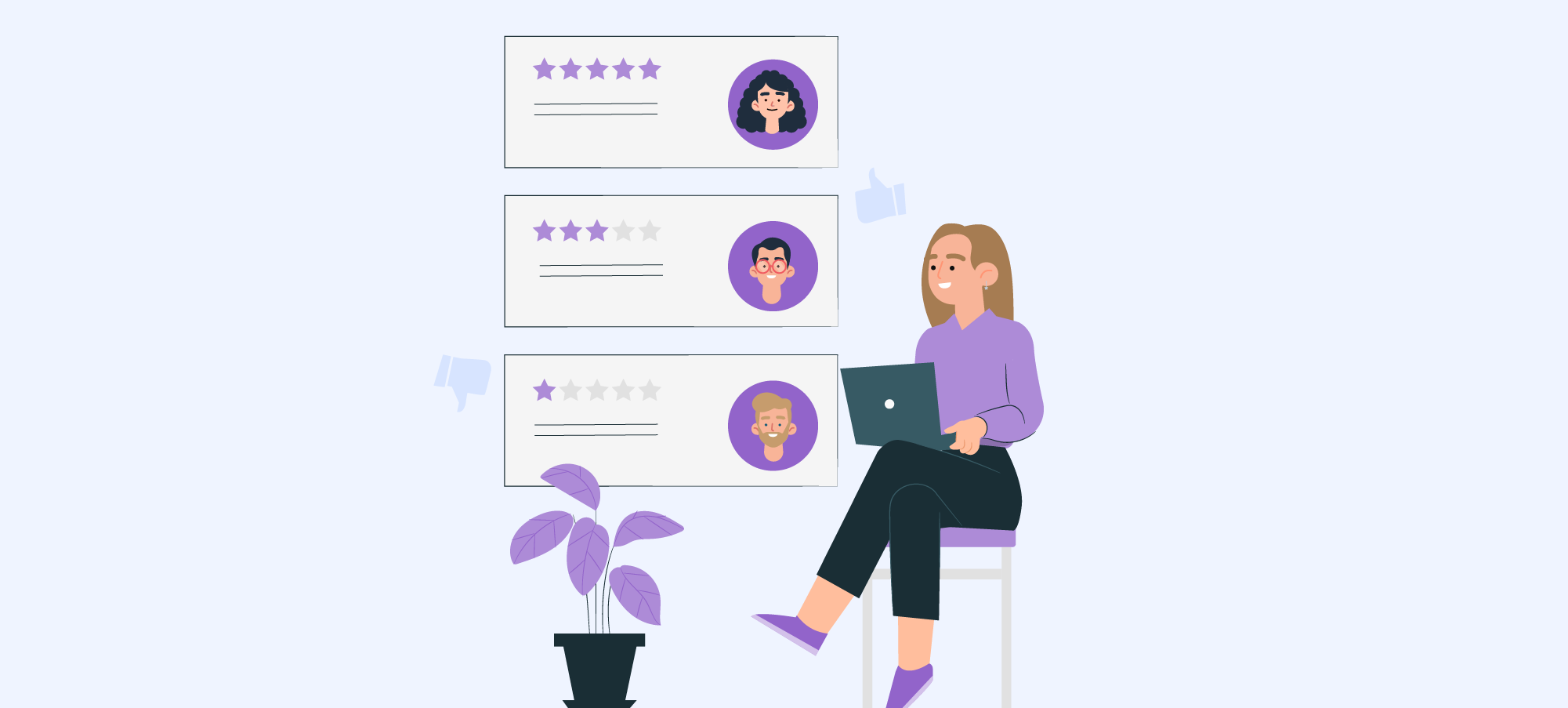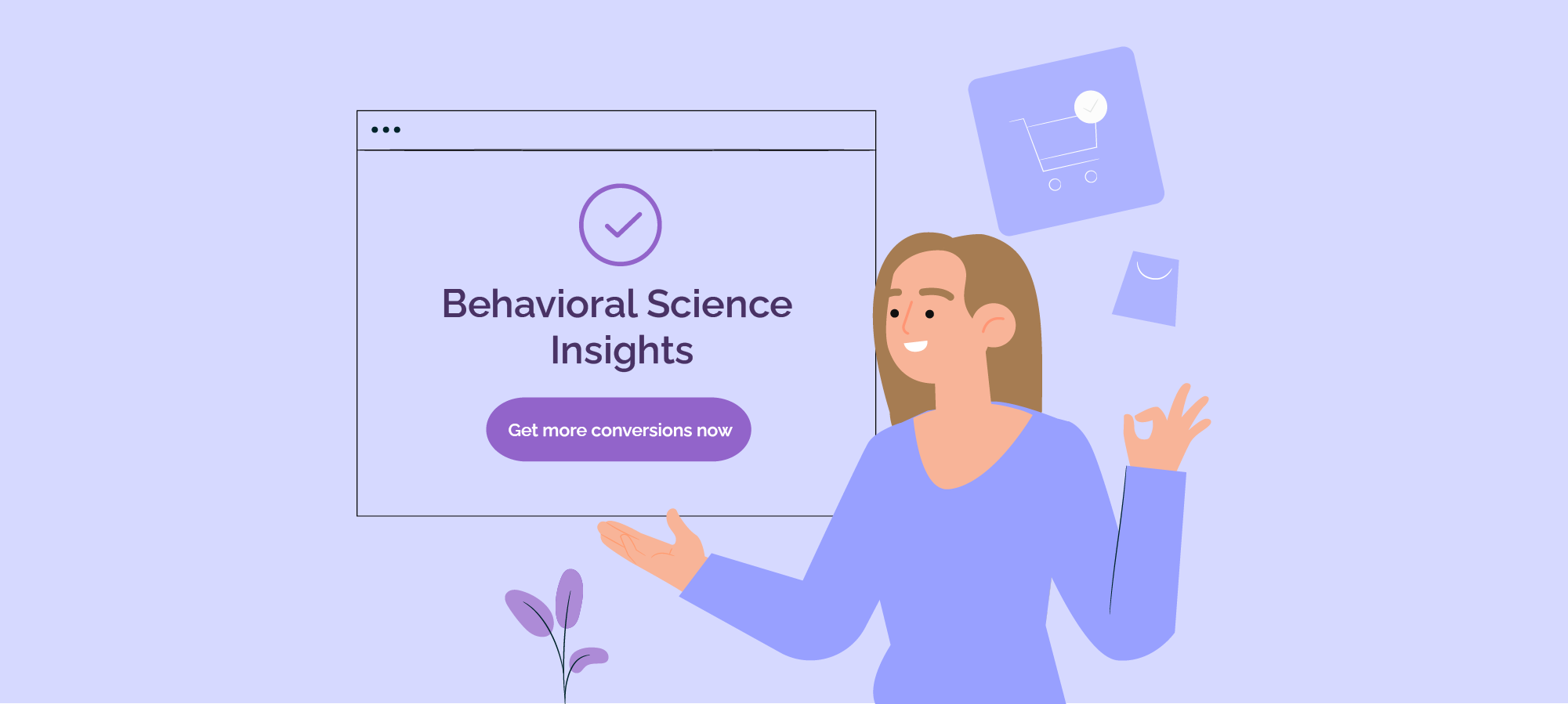UX & Behavioral Economics
No matter how mature your digital platform is, there's always space for improvement. We've talked plenty about UX on this blog, understanding it as designing based on your users' insights. However, it's important to complement UX with behavioral science. This is a series of insights about human behavior that are true of all users. In the following blog posts, I'll reveal some behavioral insights that might help boost your conversions... Let's start with the first one: scarcity.
Scarcity Motivates Conversions

Have you ever booked a hotel on Booking? If you did, it would probably be easy for you to understand the scarcity heuristic.
Scarcity is the event where a product/service is perceived as more attractive because it's presented as limited in availability. Limitation gives people a sense of quality, exclusivity and even gives them the famous FOMO (fear of missing out) on a great product or discount, The scarcity heuristic can be used to pressure people into taking action.
Booking's example is pretty straightforward. While you're making your reservation, Booking tells you how many rooms are still available and even the number of people that are looking at the hotel simultaneously as you (and might steal the room you wish!) This last one isn't only a scarcity strategy, but also a social norm we'll look into in the next blog post. This information pressures people into reserving quickly before the other people book the last room.
I'm not saying Booking's strategy is effective (personally, I believe it's a little exaggerated to the point it looks fake). Still, it's a clear example of using scarcity to rush customers to make their decision.
Another famous example is from a grocery store in Iowa that did an exciting experiment with the discount they offered for Campbell's soups. They always provided the same discount, though some days, they hanged a sign next to the cans that read "Limit 12 Per Person", while other days they didn't have a limit. Take a look at these impressive results. Customers bought 7 cans on average when the limit was imposed, compared to an average of 3 cans on days with no limit.
So... how can I take this to my digital platform?
There are several strategies you might try; the key is on trying different alternatives and tracking down the metrics so that you figure out which one works. Remember not to over-do it; no one trusts sites with discounts and deals, that last forever. The typical "subscribe now and get 20% off on your first order" isn't that attractive if it has no time limit. Though, if it has, it might motivate people to make up their minds faster. Benefits must be perceived "here and now" to be more valuable.

Bear in mind these strategies aren't only useful for e-commerces, they can be used for other business models too. For example on social networks or communities, creating waiting lists, deadlines, asking for qualifications to join or limiting invites can really boost interest by giving a sense of exclusivity and FOMO. It's no news that exclusive things are more attractive... but have you ever wondered what came first? Attractiveness or exclusivity?
Stay tuned for the next post of this collection, Insights on Behavioral Economics to Improve Your Platform's Results. Part 2: Social Norms.
Enjoyed this article? Read the next chapter of the collection, about Social Norms.

Subscribe to our newsletter & follow us on Linkedin.
Shoutout to Collective Academy, where I took my course on Behavioral Economics and learned everything written in this article <3


